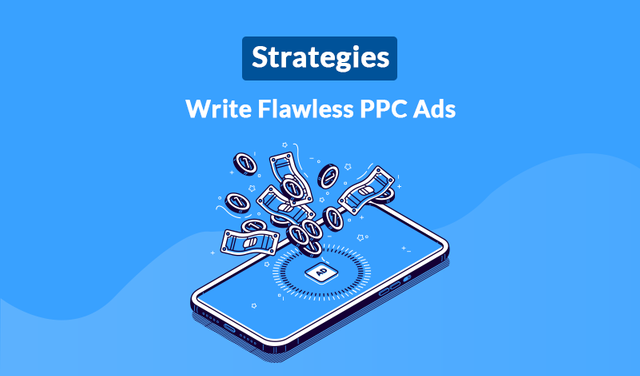
Is there any such thing as “flawless” in the world of digital marketing? Probably not. What we do know is that there an ocean of content and advertising on the Internet all with a single goal — getting potential customers to make purchases of the products and services they are selling. Some of it truly resonates with the brand’s audience — education, entertainment, inspiration, and even relationship-building through storytelling.
Then there is direct advertising. It is often not as popular as other types of marketing content, because it can be seen as an intrusion and simply a “hard sell” technique. And it can be especially annoying when, after a consumer conducts a generic search for a product or service, all of a sudden, ads for these things show up everywhere that searcher goes — on the rails of his Internet access and email accounts, on the customer’s social media feeds, and even on other searches they conduct. Any brand that engages in this type of advertising is always taking a bit of a chance, and the challenge is to intrigue and engage rather than annoy.
The Specific Challenges of PPC Advertising
Any marketer who is involved in PPC advertising understands the challenges he faces. No matter what or how many platforms he may use for this type of marketing, he has very few words that can capture his targets and entice them to click through to an enthralling landing page filled with unique content that will provide the benefits, value, and solutions you provide.
And the competition is rough. Somehow, your ads must stand out among all of the others.
Exactly how do you get this done?
Here are five strategies to create PPC advertising that viewers cannot resist.
1. Appeal to Your Target Audience
How well do you really know your target customers? As a marketer, you have certainly developed a customer profile — a picture of his/her typical characteristics that include age range, gender (if appropriate), socioeconomic status, educational level, lifestyle choices, common geographic locations (urban, suburban, rural), common behaviors, values, pain points and solutions they seek, purchasing history, etc. The more information you have, the better understanding you have of how you may appeal through your ads — both verbally and with any image you might include.
For example, if you have a company that has a BOGO (Buy One; Give One) and an audience that has an emotional need to feel that they are doing good, then PPC advertising from companies like Bombas Socks, Toms Shoes, Headbands of Hope will resonate. Each of these companies donate one item for every item sold.
Imagine this image of a child with cancer along with a call-to-action and a link to a landing page that will allow a consumer to do just that by purchasing a headband.
2. Do the Research
Before a business launches, it conducts a large amount of market research, answering such questions as:
● Is there a need for the product or service I plan to offer?
● Who is my target audience and how large is it?
● How much competition is out there?
● What value and benefits do I offer that are unique?
Before a business makes a decision to engage in PPC campaigns, there is additional research involved:
● Where does the target audience hangout online? PPC ads have traditionally been used through major search engines, as consumers search for products. But they are now used as consumers search on many other platforms, including Facebook, LinkedIn, Instagram, Twitter, and more. All of these platforms offer PPC advertising, so it will be important to choose those that will reach your target audience.
● Check out the PPC advertising of your competitors or even related niches. They have the same audiences as you do. What style and tone do they use? What types of humor might they use that appeals to your audience? What types of calls to action are they using? Are their designs colorful? What fonts are they using that look appealing? Your PPC advertising need to offer something more unique than those of your competitors, perhaps be more appealing in color, font and design, and creativity.
3. Those All-Important Keywords
This is perhaps the most important part of creating a “flawless” PPC ad. If you use PPC marketing campaigns, you are all too familiar with the “auction” that occurs for the most popular keywords.
You also know that keyword searches are now conducted very differently — phrases, not just single words and voice searches just to name two of these.
Your keywords must match those of a searcher. Most platforms do have keyword quality “scores,” based upon their relevance to what searchers look for. The more specific you can be, the better. Here is how you go about selecting your keywords:
● Use a good PPC keyword research tool to find those that are most relevant to your product or service.
● You may then want to group your keywords that fit together well and that can form longer-tailed terms that consumers would use.
● Use different combinations so that you can “test” their effectiveness later.
Continue to research keywords and keyword combinations, because their popularity continually evolves.
Read More: https://www.hiddentechies.com/blog/ecommerce-tips/strategies-flawless-ppc-advertising/